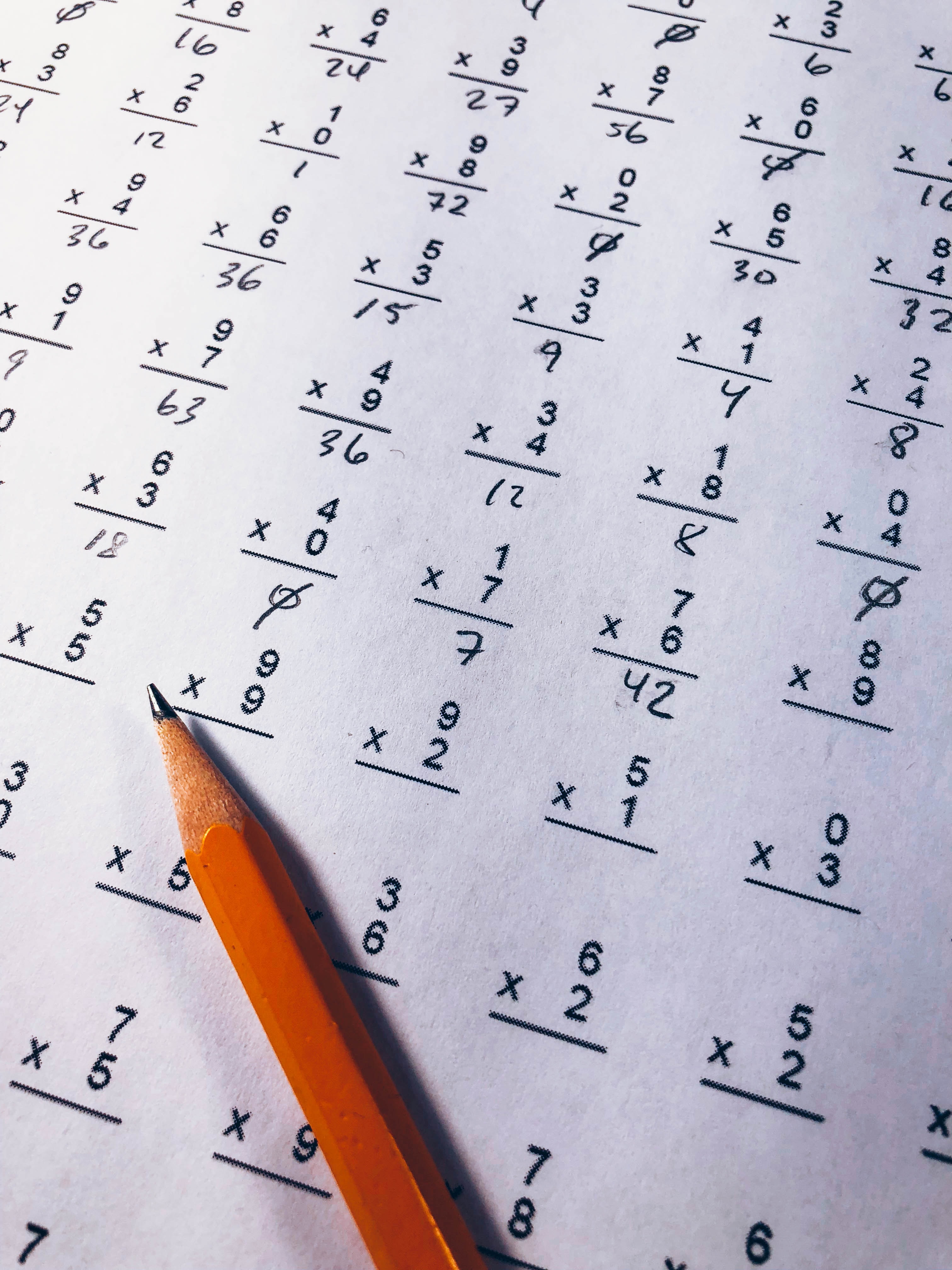Freedom is a hot topic recently. But instead of thinking about freedom as the absence of constraints, you should think about freedom much more actively — what does your freedom look like? You need to know what it looks like so that you can actualize it. In this article, we are thinking of freedom, and what to do with it, using math.
Freedom is a hot topic recently.
During the pandemic, most of the talks of freedom are centred around what the government should and should not do.
And before the pandemic, when the concept of freedom comes up, it is often in the context of the degree to which we are able to choose what to do at a given moment. Financial freedom, time freedom, scheduling freedom, and physical freedom all come to mind. Queries along these lines certainly capture my thought process about my concept of freedom.
When freedom is being thought about this way, we define freedom as the condition or right of being able or allowed to do, say, think, etc. whatever you want to, without being controlled or limited.
We might call metaphysical freedom and political freedom the same thing. Metaphysical freedom, also known as ‘free will’, is your ability to choose what you’re going to do at any moment. Short of a force prescribing you how to behave in a certain situation, at the end of the day you’re the ultimate arbiter of whether that thing gets done.
In the book “A Social Theory of Freedom”, the author Thalos noted that the standard view of metaphysical and political freedom is essentially defined as the absence of constraints, in that being free means being unconstrained. But the author puts forward a question:
Being free of a particular constraint is something you might fight for in the short term; but once you’re free of it, what next?
For example, the decision of not wanting to work for a boss anymore isn’t really deciding anything about what you actually, positively want.
Not wanting to work for anybody is an extremely respectable desire (one that I agree wholeheartedly). But you still need to figure out what concretely you want to do!
Markers of Self
Apart from knowing what we DON’T want, it is perhaps more important that we know what we DO want.
This is where the markers of self, or the notion of self-concept are important. You can think of self-concept as a set of values or categories under which a person would like to fall. For example, you want to be a long-life learner, a devoted parent, or a great entrepreneur. Each of these self-identifications comes along with its own way of conceiving of your available courses of action, and also a way of evaluating their outcomes. Thalos’s idea of freedom is precisely that freedom is what happens when, after social expectations are projected onto you by other people, you internalize or redefine them as you see fit.
Freedom is measured by the (logical) distance between one’s aspirations and the expectations inflicted on one by Others.
Freedom isn’t a property a person has as an isolated individual, it’s something that emerges out of the encounter between the individual and their peers.
The students of philosophy will recall Determinism’s critique of free will. Determinists will tell you that a scientist could, in principle, predict the future state of the world based on complete knowledge of its current state plus all the laws of physics. If all our actions are at least in principle predictable, then Determinism says that none of us are really CHOOSING to do anything and that we are behaving as predicted. Thalos observes that if we think of freedom not in the sense of ‘having a choice over how to control your bodily movements’, but in her ‘collaboratively reinventing your self-concept’ sense, then it follows that there’s no conflict between freedom and determinism.
Implications of Defining Freedom as an L2 Norm
Freedom is measured by the distance between one’s aspirations and the expectations inflicted on one by Others.
As a math person, I fell in love with Thalos’s social theory of freedom.
Her statements above fit perfectly with the definition of the L2 Norm.

This brings us back to the Euclidean distance calculation, which is given by:

If we want maximum freedom, then it is a matter of taking the derivative and choosing the maxima values — this ties back to my earlier article where I argue that we should strive to define our lives as (continuous) algebraic functions. Defining our lives this way ensures us that we can ALWAYS find the derivatives, which gives us the ability to negotiate life’s crazy twists and turns and gives us the method to maximize our freedom!
Let’s break down the differentiation of the L2 norm a bit.
Society’s expectations of us can be thought of simply as a vector of constants — this is the given. We are powerless to change it. And our lives can be thought of as vector-valued functions as well — but only now, we can define each dimension of our lives (think of our life’s expression in each dimension as a polynomial). Then the L2 norm is nothing but the sum of squares, where each of the squares represents the difference between the vector of polynomials (that is our definition of our lives) and the vector of constants.
To achieve maximal freedom, all we have to do is to take the derivative. And since each component function of our lives is already written as a polynomial, this is always achievable.
The solution vector is your expression of freedom — it is the way you should act, how you should position yourself so that you have the maximal amount of separation between Society’s logic and your aspiration.


One response to “How to Think About Freedom Using Math”
[…] this blog post, I have talked about how we need to have a new way of thinking about freedom: instead of thinking […]